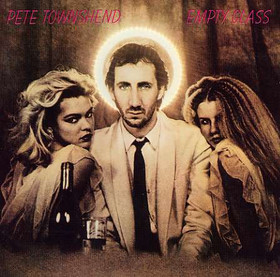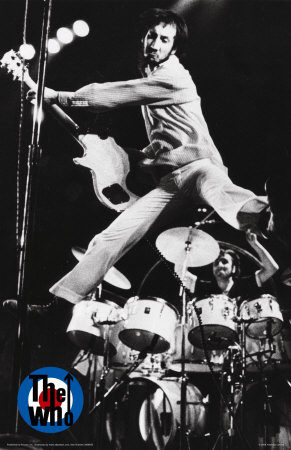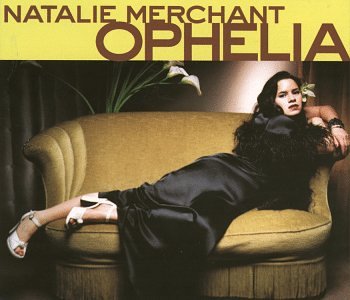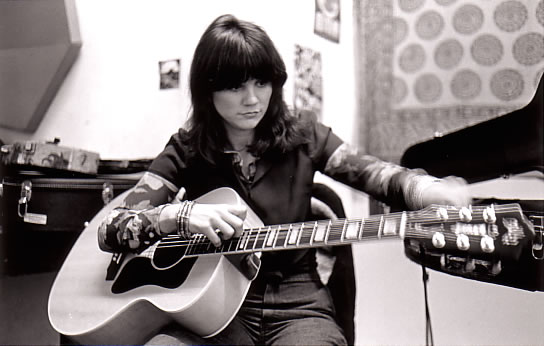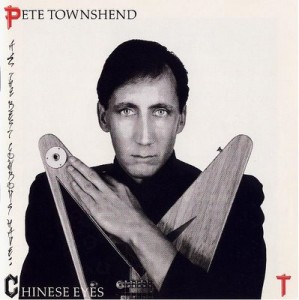
"All The Best Cowboys Have Chinese Eyes" Is My Favorite Solo Record By Pete Townshend. The Album Was Released In 1982, After The Acclaimed "Empty Glass" Had Ignited Townshend's Career.
“All The Best Cowboys Have Chinese Eyes” was issued in the aftermath of Pete’s near-fatal depression of 1980-81. Keith Moon was dead, Kit Lambert was gone, and Pete was not reaching out to the public the way he once did. The faith on his band was broken, he had already launched a promising solo career. His marriage was in shambles (he was living away from his wife and children), and he was a million pounds in debt.
You must understand that Pete was never a strong person. He always had enormous difficulty coming to grips with who he was, and the way others saw him was instrumental to Townshend. When others perceived there was a problem, when they could see behind his blue eyes, that was the time he also noticed that he had a problem. And like most people who face alcoholic issues, he used to go to extremes all the time. He once remarked he even used to get suicidal about people he didn’t know at all if rebuffed.
During this time, virtually everybody scolded him. Roger Daltrey almost had it with Pete one night on stage, and even his best friend Richard Barnes (he who had suggested the name of the band all those years ago) cornered Townshend and called him “pathetic”. Pete’s response? “It’s alright. Why should Keith have all the glory?”
Finally, during a night out at the Club For Heroes he took heroin, overdosed and had to be rushed to ER. It transpired his heart had stopped beating for a while. A mere second later would have been fatal.
The turning point came shortly afterwards when wife Karen asked him “Why don’t you come over again and we try to work it out?”. That gave him the resolve to start pushing once more.
His 1982 record captures all of the above, and it shows that sometimes there is not a difference between being shattered, being broken and being fragmented. The only valid difference lies in being there or not being there at all.
“All The Best Cowboys…” is experimental in every sense. The first track has Pete reciting instead of singing. “Stop Hurting People” is actually an open letter for reconciliation he had written to Karen. The song, dealing with a love that died and had to be born again was the one way to start the record. “People, stop hurting people”, he pleads. And we all can picture him looking into the eyes of his wife as he does so, his gaunt reflection in her eyes, the words “without your love there is no flame” hammering and hammering until they are unleashed into song. Continue reading

